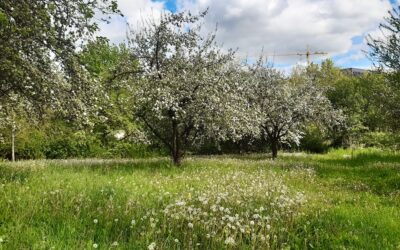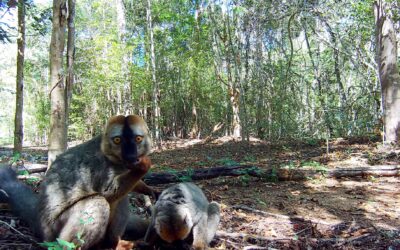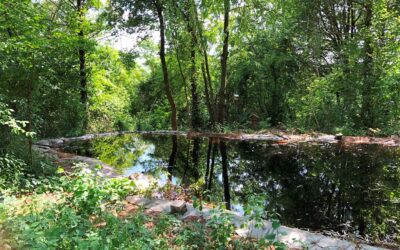Where we work
Biosphere Reserve Indawgyi Lake
The project area covers the area around Lake Indawygi in northern Myanmar (Kachin State). Lake Indawgyi and the forests of the adjacent mountains have been recognized as a UNESCO Biosphere Reserve since October 2017, which is intended to protect natural resources on the one hand, but also to enable sustainable economic development for the local population.
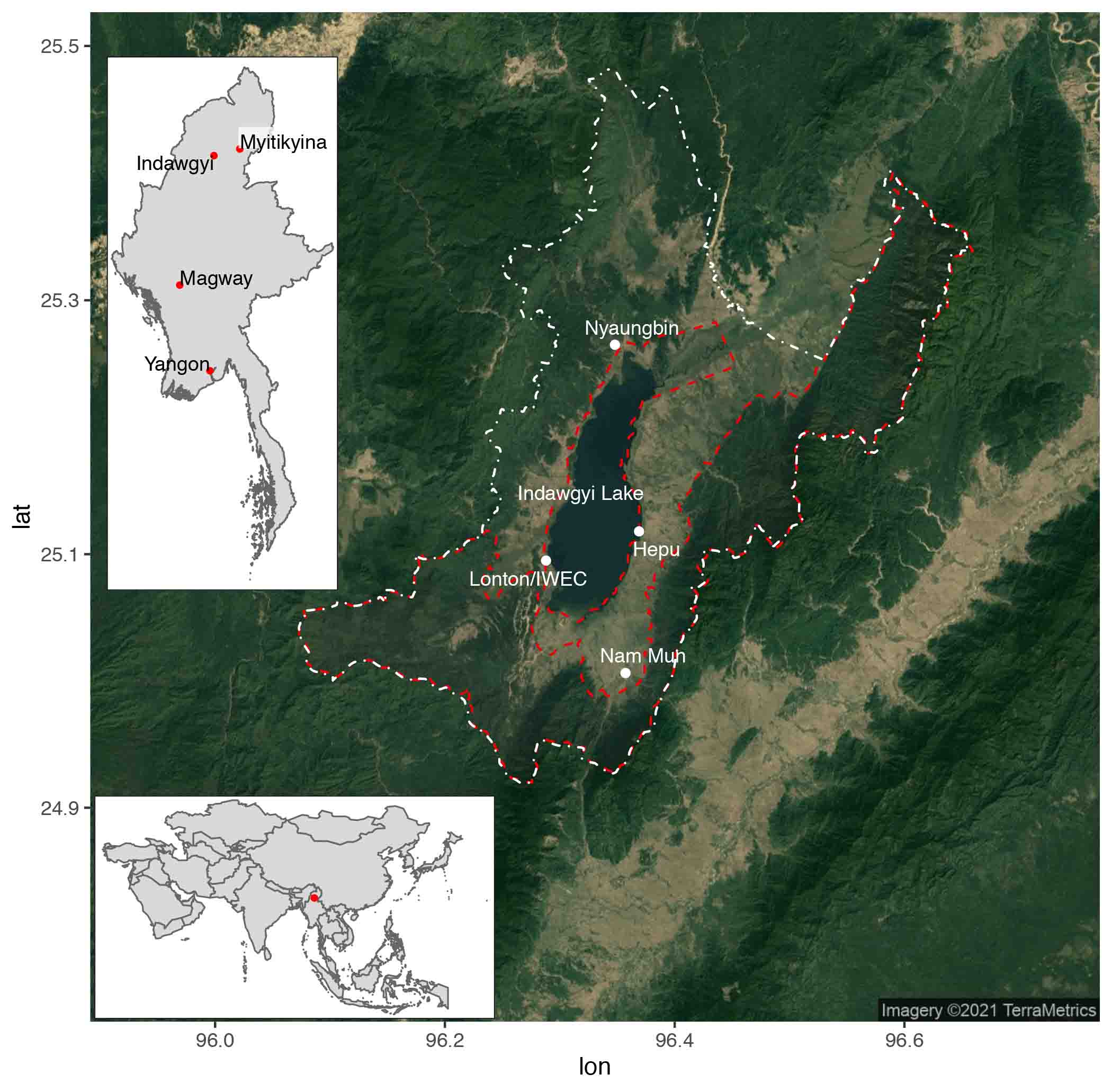
Biosphere Reserve Indawgyi Lake
The white line shows the boundary of the Indawgyi Lake Biosphere Reserve. The core zone, Indawgyi Wildlife Sanctuary, is illustrated by the red line.
About Indawgyi
Animals & Plants
Lake Indawgyi is one of the largest freshwater lakes in Southeast Asia. Important habitats around the lake include extensive grasslands and rainforests on the surrounding hillsides. The lake not only includes important habitats, but is also home to a unique fish fauna. Numerous Sarus cranes, gray pelicans, Woolly-necked and Claw-billed storks, and several critically endangered vulture species inhabit the areas surrounding the lake. The adjacent forests are home to rare monkeys, such as Eastern White-browed Gibbons and Shortridge Langurs, as well as Gaur, Ruffed Bear and Clouded Leopard.
Endangered heraldic animal
Sarus crane
The Sarus crane is the heraldic animal of the biosphere reserve and can often be seen feeding in the rice fields.
Health police
Vulture
The biosphere reserve is one of two remaining landscapes in Myanmar where vultures still live. Asian vultures have suffered a decline of over 90% in the last 20 years. There are four different species at Lake Indawgyi that play an important role in the ecosystem as scavengers.
Rare primates
Gibbons, langurs & co
In addition to a large population of eastern hoolock gibbons and four macaque species, the forests are home to the highly endangered and little-known Shortridge’s langurs, impressive silver-grey primates with golden eyes.
Important refuge
Migratory birds
The lake is located on one of the main migratory bird routes between Siberia and Southeast Asia/Australia. Every year tens of thousands of geese, ducks, cranes, storks and amur falcons come to visit.
Shy grassland dwellers
Hog deer
Along the northern tributaries of the lake there is one of the last populations of small hog deer in Myanmar. These animals depend on grasslands and are particularly hard hit by habitat loss.
Only in Lake Indawgyi
Endemic fish
Six endemic fish species (barbel and loach species) have been identified among the more than 100 fish species in the lake, including some previously completely unknown species.
About Indawgyi
People & Nature
Around Lake Indawgyi, 50375 people live in about 7620 households spread over 36 village communities. The people belong predominantly to the ethnic groups of Shan Ni, Kachin and to a lesser extent Bamar.
Due to its isolated location, the people around the lake depend entirely on the natural resources of the lake and surrounding forests, as well as on the impeccable water quality of the lake and the tributaries that feed it.
However, the ecosystem faces growing threats from overfishing, illegal gold mining in the lake’s tributaries, pollution from sewage and garbage from households located along the lake, and nutrient inputs from surrounding agriculture. Forests are threatened by logging, grasslands by illegal land grabbing for agriculture. This threatens the livelihood of local people.
Rice cultivation & fishing
Sustainable design
The majority of the inhabitants at Lake Indawgyi live from rice cultivation and fishing. The sustainable use of the ecosystem i
is an important part of the UNESCO biosphere reserve concept.
Of multiple importance
Biosphere reserve
The biosphere reserve fulfils three functions:
- Conservation of biodiversity and cultural diversity
- Economic development that is socio-culturally and ecologically sustainable
- Logistical support that supports development through research, monitoring, education, and training.
Shwe Myintsu
Pagoda
Shwe Myintsu Pagoda is an important cultural and religious focal point for many thousands of pilgrims. During the annual pagoda festival, up to 100,000 people visit Indawgyi Lake and the floating Shwe Myintsu Pagoda.
Projects
CfN in the Biosphere Reserve Indawgyi Lake
Indawgyi Wetland Education Center
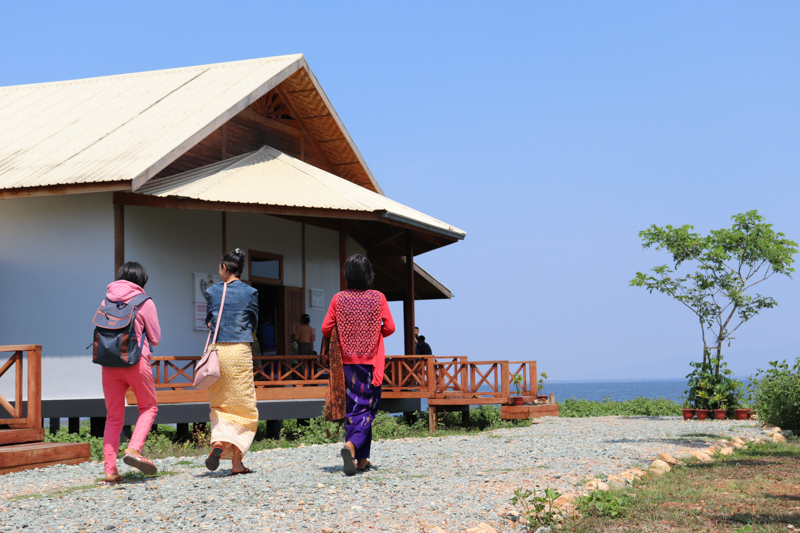
The Indawgyi Wetland Education Center IWEC is a center and focal point for education and sustainable development.
Learn more
Management of working elephants
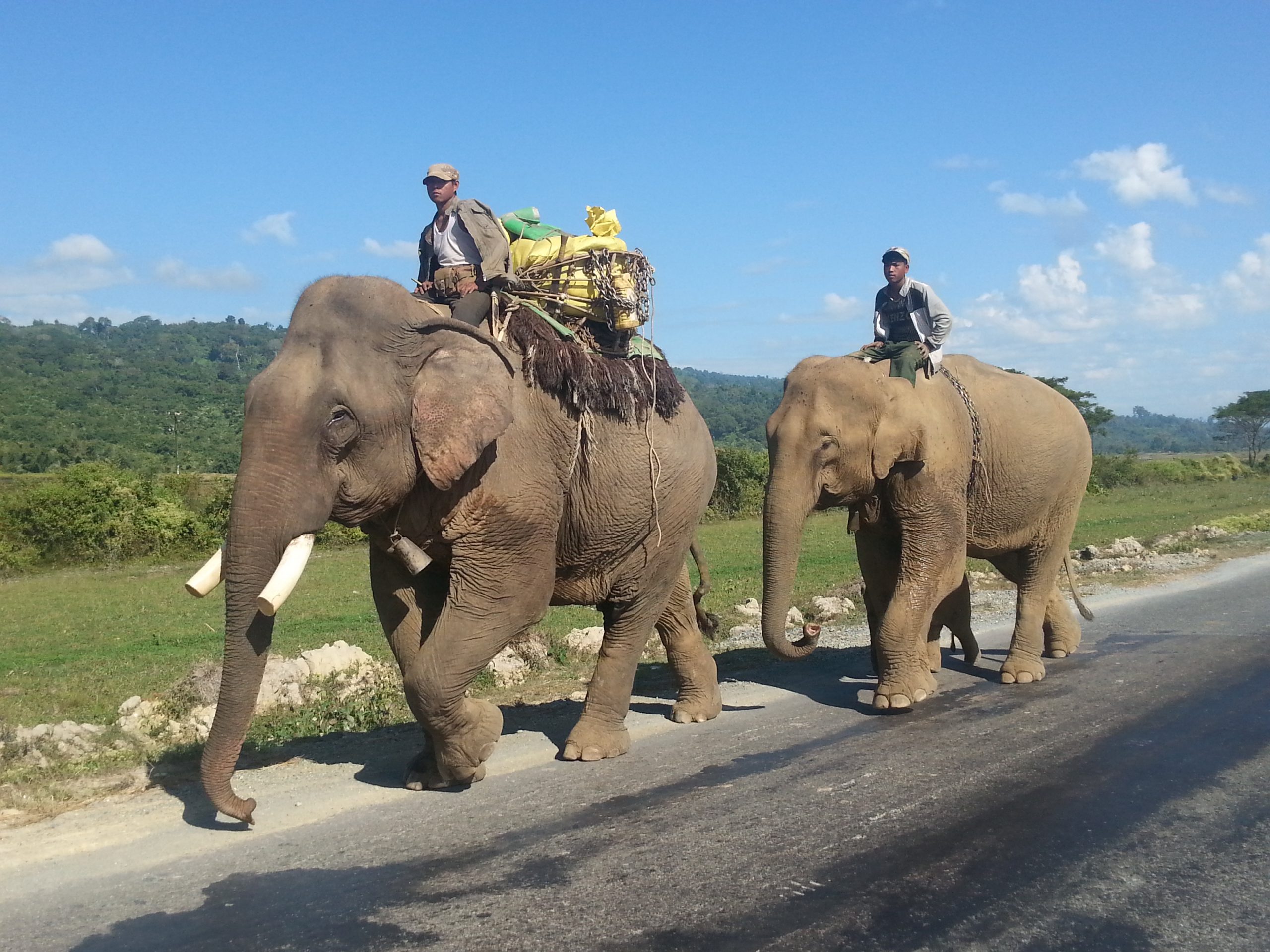
At Lake Indawgyi we are improving the situation and daily life of working elephants.
Learn more
Don’t miss
News
Follow us on Facebook and Co. to stay up to date!
New research initiatives in our biotope project
For a good year now, the biotope renaturation on the grounds of the German Primate Center has been running with our support and we are very pleased that the first research work could already take place on site: students from the University of Göttingen investigated...
How efficient is the reforestation? Study on restoring destroyed forest areas in Kirindy
Every year, fires threaten and destroy the remaining natural habitats of Madagascar. Our project area in the Kirindy Forest is also acutely threatened by this. Due to slash-and-burn agriculture, deforestation in the region has steadily increased since 2010 and reached...
Mission on our doorstep: our biotope project in Göttingen
At the beginning of the year, we were very happy about the start of our first nature conservation project in Germany: since then, we have been supporting the renaturation of a biotope for native flora and fauna on the grounds of the German Primate Center in Göttingen....

